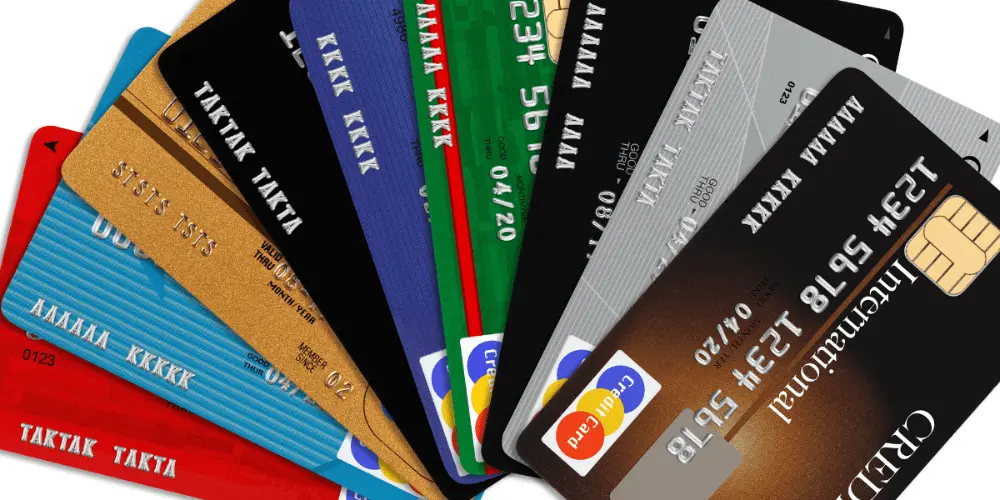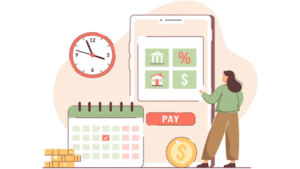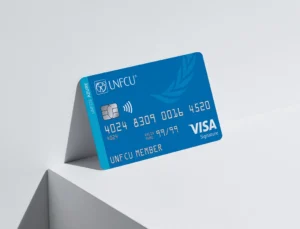In today’s fast-paced world, students face mounting financial pressures that extend far beyond tuition fees. The cost of textbooks, dormitory expenses, transportation, and daily living essentials can quickly add up, leaving many young adults scrambling to make ends meet. Traditional financial support such as part-time jobs or parental assistance often falls short, which has led an increasing number of students to explore alternative financial solutions. Among these, 신용카드 현금화 has emerged as a controversial but increasingly common option.
Credit card cashing, in its simplest form, involves using a credit card to access cash either through a cash advance or specialized services that convert card limits into usable money. While this practice provides immediate financial relief, it comes with high interest rates and potential fees, making it a risky option. Nonetheless, the immediate liquidity it offers can be particularly appealing to students navigating unexpected expenses or temporary financial gaps.
One of the main reasons students turn to credit card cashing is the unpredictability of living expenses. College life often comes with fluctuating costs. A sudden medical expense, an urgent trip home, or even basic needs like groceries and school supplies can create immediate financial stress. Credit card cashing offers a quick solution, allowing students to access funds without waiting for a paycheck or loan approval. The speed and convenience of this method make it tempting, especially when compared to traditional banking methods that can take days or even weeks to process.
Another factor driving students toward this financial tool is the culture of independence that comes with college life. Many students are experiencing financial autonomy for the first time and may not have developed robust budgeting skills. Credit card cashing becomes an easy fallback when funds run low, especially for students who are juggling multiple obligations like tuition, housing, and social activities. The accessibility of funds can feel empowering, allowing students to cover immediate needs while maintaining a sense of control over their finances.
Moreover, peer influence and digital financial platforms have normalized credit card cashing among student communities. With the rise of online services and mobile apps, converting credit limits into cash has become more accessible and less intimidating. Social media and student forums often discuss these methods openly, further encouraging adoption. For students who see their peers managing cash flow this way, it can appear as a practical solution rather than a financial risk.
However, while credit card cashing can provide temporary relief, it is not without consequences. High interest rates and service fees can quickly accumulate, creating a cycle of debt that is hard to escape. For students, this can mean balancing immediate financial needs with long-term financial health—a challenge that requires careful planning and self-discipline. Experts recommend considering alternative options such as student loans, part-time employment, or even emergency aid programs provided by educational institutions before turning to credit card cashing.
In conclusion, the rise of credit card cashing among students reflects the modern financial challenges faced by young adults. Unpredictable living expenses, the desire for independence, and easy access to digital financial solutions have all contributed to this growing trend. While it offers short-term relief, students must approach 카드현금화 cautiously and weigh the long-term implications on their financial future. Understanding the risks and exploring safer alternatives can help students navigate their financial journey more responsibly, ensuring that temporary convenience does not lead to lasting financial strain.






